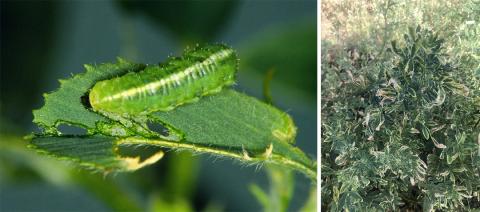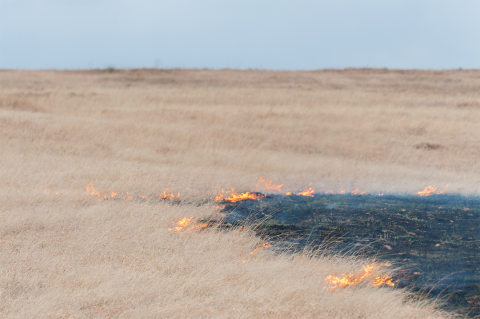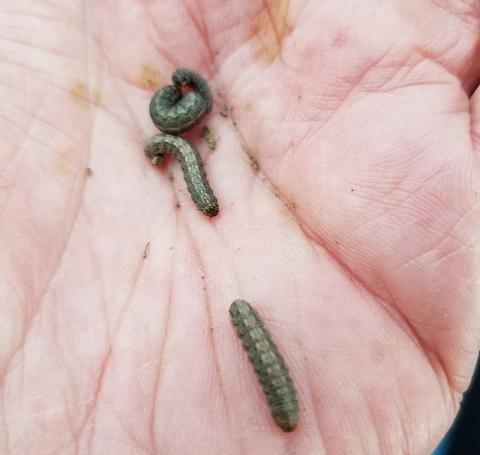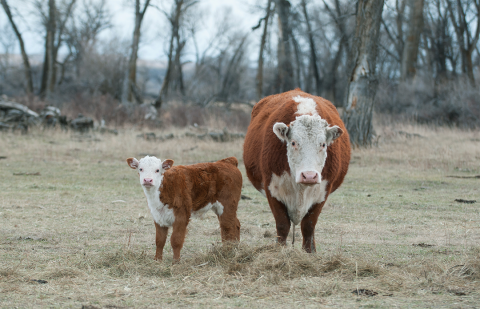Pasture and Forage Minute: Strategies to Increase Alfalfa Health, Productivity
March 19, 2024
Extension educators review options for interseeding grasses into alfalfa and assessing alfalfa stand health.
Pasture and Forage Minute: Alfalfa Weevil Scouting, Dealing with Stress
March 12, 2024
Recommendations on scouting for alfalfa weevil in the coming weeks, and resources for ag producers dealing with stress and other impacts to their health and wellbeing.
Pasture and Forage Minute: Grazing Management Following Wildfire, Spring Planted Alfalfa
March 7, 2024
Grazing management recommendations for producers affected by wildfire in central Nebraska in late February, and considerations for establishing new alfalfa stands this spring.
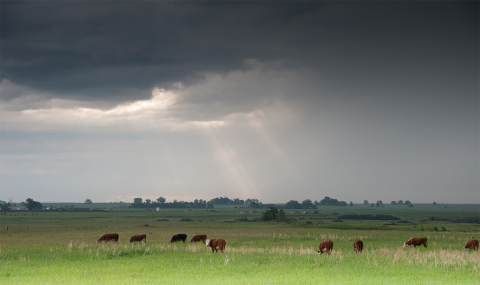
Pasture and Forage Minute: Understanding Fall Dormancy in Alfalfa, Planning Summer Grazing
February 27, 2024
Extension educators share growth impacts of fall dormancy in alfalfa and recommendations for building your spring and summer grazing and forage plans.
Army Cutworm Scouting Urged in Western Nebraska Wheat and Alfalfa
March 6, 2024
With recent warm weather, army cutworms have been spotted in southern Sioux County and central Lincoln County. Producers should begin scouting for this pest to mitigate crop damage, particularly in winter wheat and alfalfa.
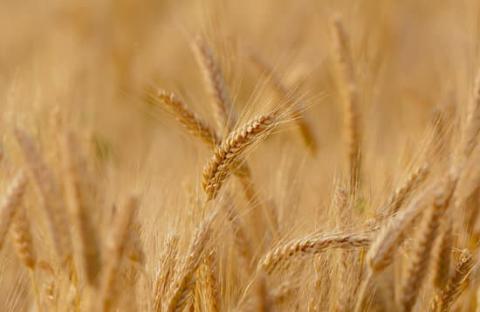
Nebraska Crop Values for 2023
February 27, 2024
While the overall value of Nebraska's 2023 crops is down 11% from 2022, the state's winter wheat production value is up 16%.

Pasture and Forage Minute: Pasture Leasing Rates and Alfalfa Winter Survival
February 22, 2024
Extension educators share insights on establishing pasture rental rates and selecting alfalfa seed for winter survival traits.
Pasture and Forage Minute: Considerations for Feed After Calving, Adding Legumes to Pastures
February 12, 2024
Tips on meeting nutrient requirements of cows after calving season and improving pasture production by frost seeding or interseeding legumes.

